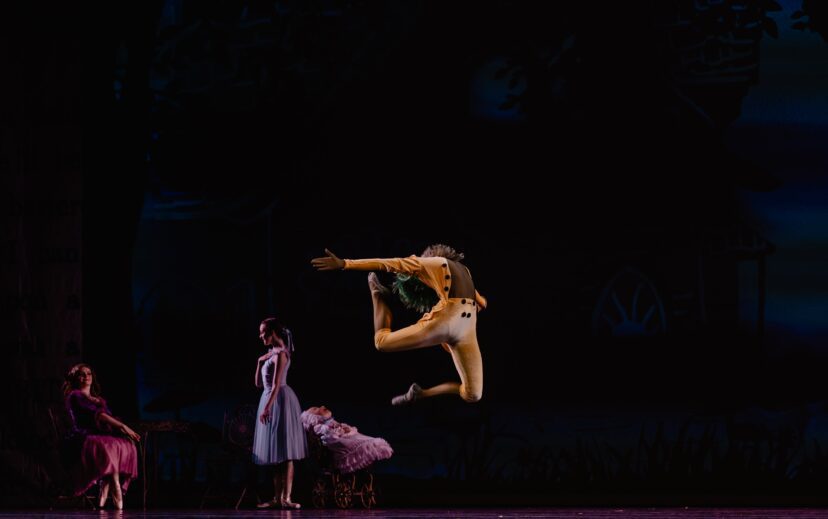Part of the magic of a musical theater production is the show’s choreography. Musicals like “West Side Story” and “A Chorus Line” are iconic partly because of their distinctive choreography.
What Choreography Can Be Protected?
Not all movements or dance steps are eligible for copyright protection. Copyrightable choreography is defined as “the composition and arrangement of a related series of dance movements and patterns organized into a coherent whole.” It encompasses a range of rhythmic body movements, within a designated space and in a certain sequence, that are used to convey a story, theme, or abstract idea. The Copyright Office has clarified that choreography, as opposed to noncopyrightable dances or movements, is meant to be performed before an audience by skilled performers.
What is Not Copyrightable Choreography?
According to the Copyright Office, “when Congress extended copyright protection to choreographic works, it did not intend to protect all forms of dance or movement.” Accordingly, not all series of movements are considered “choreography” by the Copyright Office. Why not? The goal of copyright is to provide incentives to creators by granting them exclusive rights to control the use and distribution of their creative works for a limited time, thus encouraging the production of new art and advancing society as a whole. Granting copyright protection to basic movements would hinder, rather than advance, that goal. As a result, the Copyright Office has specifically identified the following as uncopyrightable:
- sequences of stretches;
- yoga poses;
- touchdown dances;
- slam dunking maneuvers;
- snowboarding;
- simple ballet combinations;
- dance steps like the grapevine or the hustle step; and
- social dances like ballroom dance, line/square dance, and swing dance.
What is required to register the copyright on my choreography?
For a choreographic work to receive copyright protection, the following conditions must be met:
- it must be a work of authorship;
- A choreographic “work of authorship” must be created by a human being, and it must be intended for performance by human beings. Dances performed or intended to be performed by animals or machines are not copyrightable and cannot be registered with the Copyright Office.
- it must be original;
- The bar for originality is relatively low. A work may still be original even if it includes movements that aren’t entirely new, such as standard ballet positions, or if it’s based on preexisting choreography. The key is that the choreographer must contribute a substantial amount of new and independently created material that demonstrates sufficient creativity.
- and, it must be fixed in a tangible medium.
- Choreography must be fixed – that is, written or recorded in some tangible form – to receive copyright protection. You can do this in various ways: through dance notation, textual descriptions, photographs, drawings, or video recordings of performances.
Once a choreographic work meets the criteria of authorship, originality and fixation, the creator enjoys exclusive rights, whether or not the work is registered with the Copyright Office. Still, we recommend that you register your copyright for several reasons.
Who owns the copyright on choreography?
Determining the owner of choreography in a theatrical production can be tricky and is often determined by specific contract provisions. Typically, dance contracts specify that the choreographer retains copyright ownership. Theatrical unions, such as the Dramatists Guild of America and the Stage Directors and Choreographers Society, encourage professionals, including choreographers, to maintain copyright ownership of their original works.
This contrasts with the television and film industry, where many creators work on a “work made for hire“ basis and do not own the copyright to works that are specifically commissioned in writing or made in the scope of their employment. Choreographers hired by dance companies, production companies, or other entities may fall under the work for hire category if they’re considered independent contractors. Similarly, in commercial employment situations, if a choreographer’s work is within the scope of their employment, the company – not the choreographer – will likely own the choreography’s copyrights. This is common in industries like theme parks, cruise lines, and community theater.
Conclusion
Choreography plays a vital role in a theater production. To best protect their art, choreographers should negotiate with employers regarding the copyright ownership terms discussed above and register the copyright on their works. Whether you’re a seasoned choreographer looking to protect your work or a newcomer entering the industry, speaking with a copyright attorney on our team can offer guidance along every step of the way.






